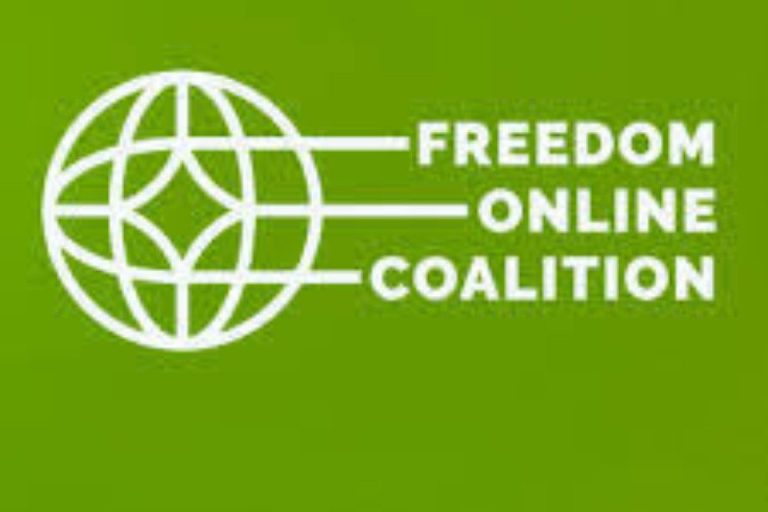The Press Emblem Campaign (PEC), a Geneva-based non-governmental organization with special consultative status with the United Nations, has described 2023 as the deadliest year in the last ten years with the killing of 140 journalists during the year. Two-thirds of the victims, according to the group, were in the Middle East, with almost one journalist killed every day in the last three months of the year in Gaza.
The 140 media workers were killed in 28 countries, with at least 81 of them killed in the Gaza Strip since 7 October (106 according to Gaza Media Office, the differences in the figures are due to differences in the qualification of the journalist profession). All the media workers killed in Gaza were Palestinian with most of them working for several media, including foreign media. PEC said they were killed in indiscriminate Israeli strikes, often in their homes, along with members of their families.
PEC President, Blaise Lempen, said the group condemns the “indiscriminate strikes, which do not distinguish between civilians and Hamas fighters. While it is difficult to verify whether journalists were intentionally targeted or not, the Israeli army has systematically destroyed the Palestinian media in Gaza by bombing their offices and facilities.”
PEC noted that this is the highest media death toll in a conflict in such a short space of time, adding that it regrets that foreign media access to Gaza remains impracticable due to the security conditions, which prevents independent reporting from the parties to the conflict.
PEC said 59 journalists were killed in 27 countries, outside of the Gaza Strip, pointing out that the situation did not improve in Mexico, where nine journalists were killed; and in Guatemala, the situation has deteriorated with five journalists killed. It stated that four journalists died in the war in Ukraine (1 Italian, 1 French, 2 Russians), as did 4 in Israel during the Hamas attack on October 7.
According to PEC, three victims were recorded in Cameroon, India, Lebanon and Pakistan. Two victims were reported in the following countries: Afghanistan, Bangladesh, Haiti, Nigeria, the Philippines, and the United States of America; and one journalist killed in the following countries: Argentina, Canada, Colombia, Egypt, Honduras, Lesotho, Mali, Mozambique, Paraguay, Rwanda, Somalia, Sudan and Syria.
By region, the Middle East led with 64% of cases, or 90 deaths, followed by Latin America with 20, Asia with 12, Africa with 11, Europe with four and North America with three. The PEC strongly condemned all the attacks and sent its condolences to the victims’ families and loved ones.
The Geneva-based NGO called for those responsible for these crimes to be brought to justice as quickly as possible. In particular, it said the UN must investigate the exact circumstances in which Palestinian journalists have been killed since October 7.
Compared with 2022 (116 killed), a year marked by the start of the war in Ukraine, the increase in the number of victims is just over 20%. In 2012, the deadliest year since the beginning of the century, 141 journalists were killed (including 35 in the war in Syria).
PEC statistics show that over the last five years (2019 to 2023), the most dangerous countries for media workers were the Gaza Strip (Palestine) where 81 media workers were killed, followed by Mexico with 61 and Ukraine with 39. Next came Pakistan with 32 deaths, India 31, Afghanistan 29, the Philippines 19, Honduras 14 and Syria 14, followed by Haiti 12 and Somalia 10.
Over the last ten years, (2014 to 2023), the figures show that 1,147 media workers were killed, an average of 2.2 per week.
The PEC includes in its statistics all journalists killed, whether or not their death was related to their professional activity. It believes that it is difficult to prove that a crime was committed in connection with a journalist’s work without a full and independent investigation, which is often lacking.







